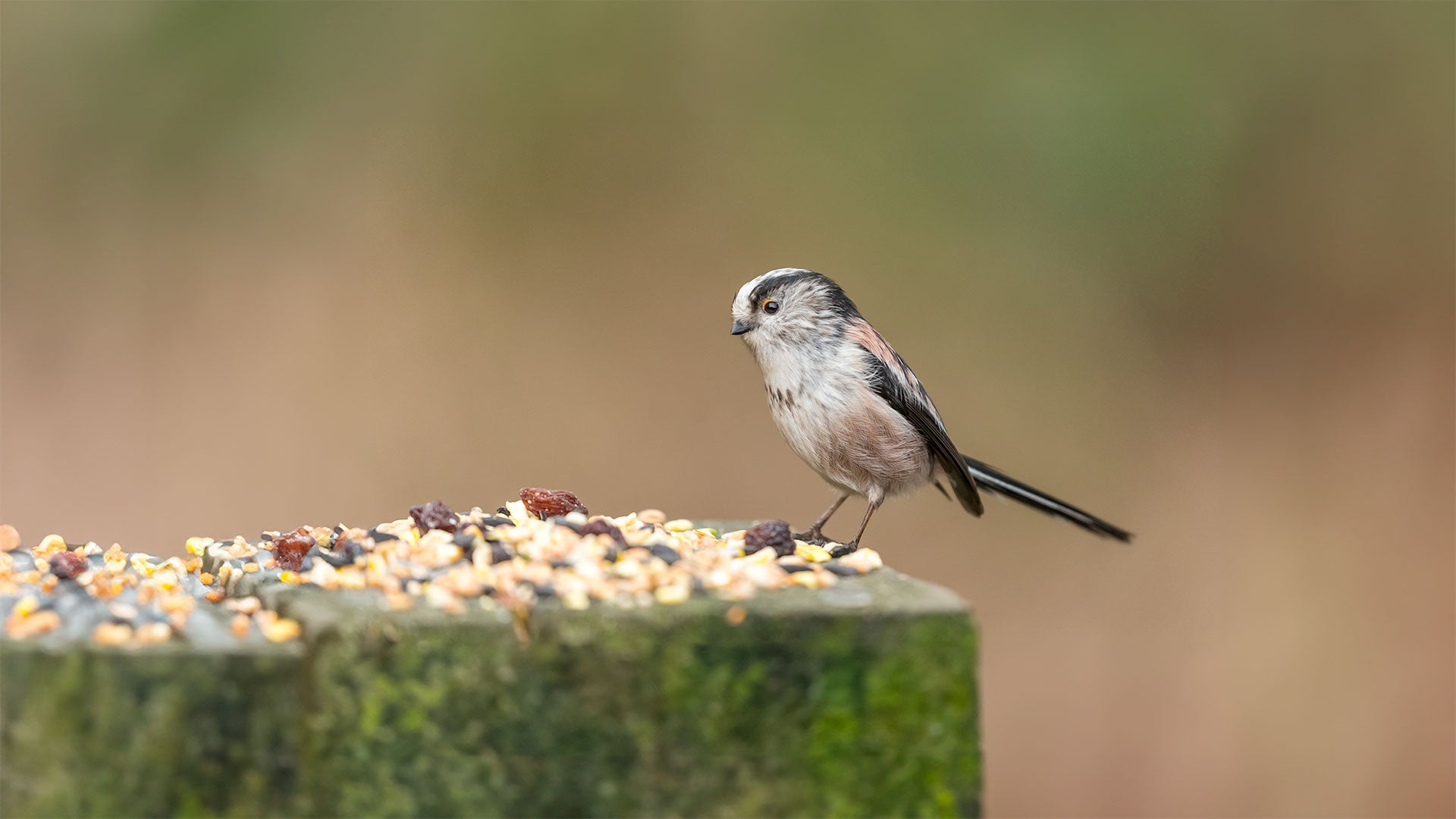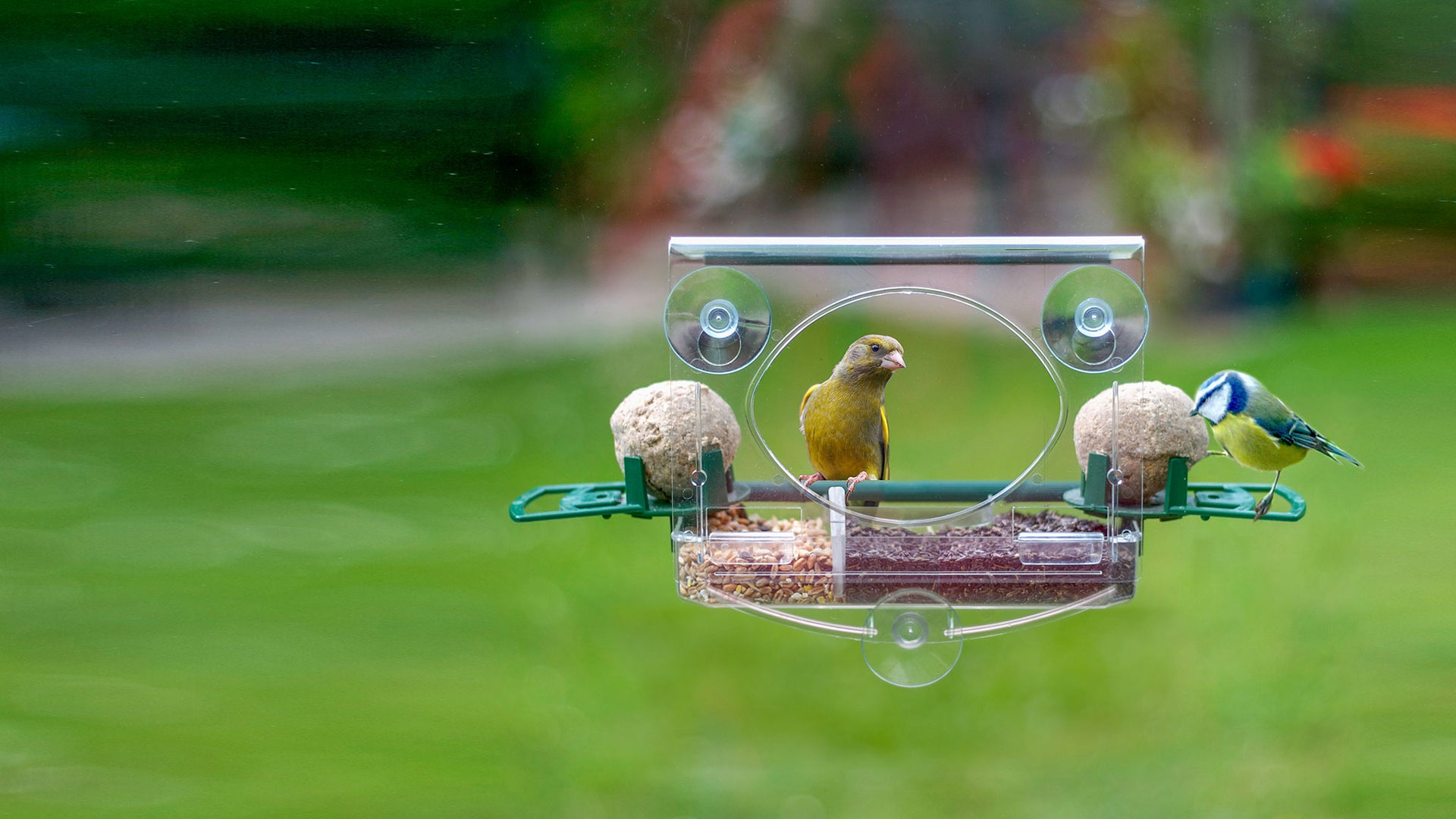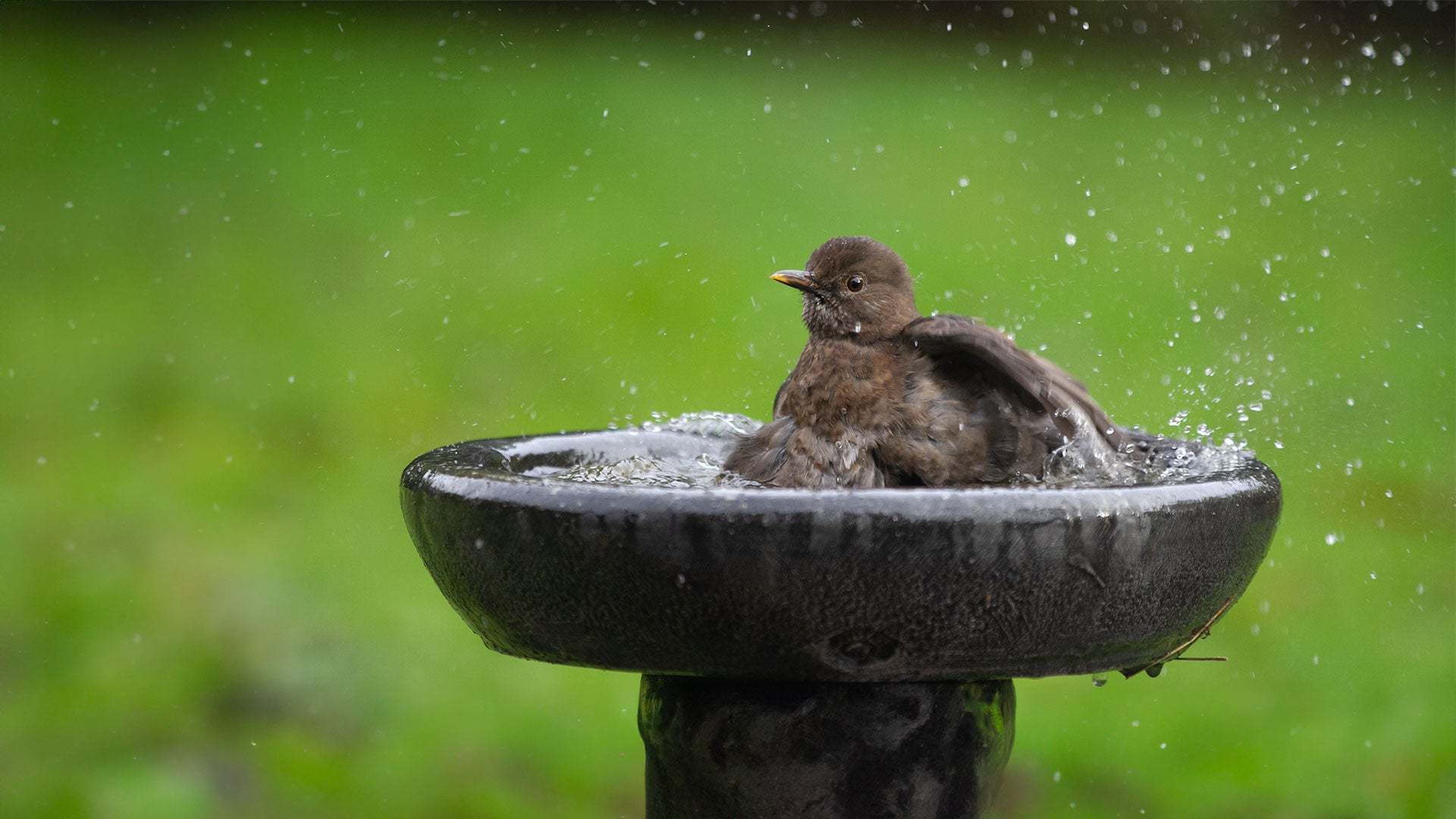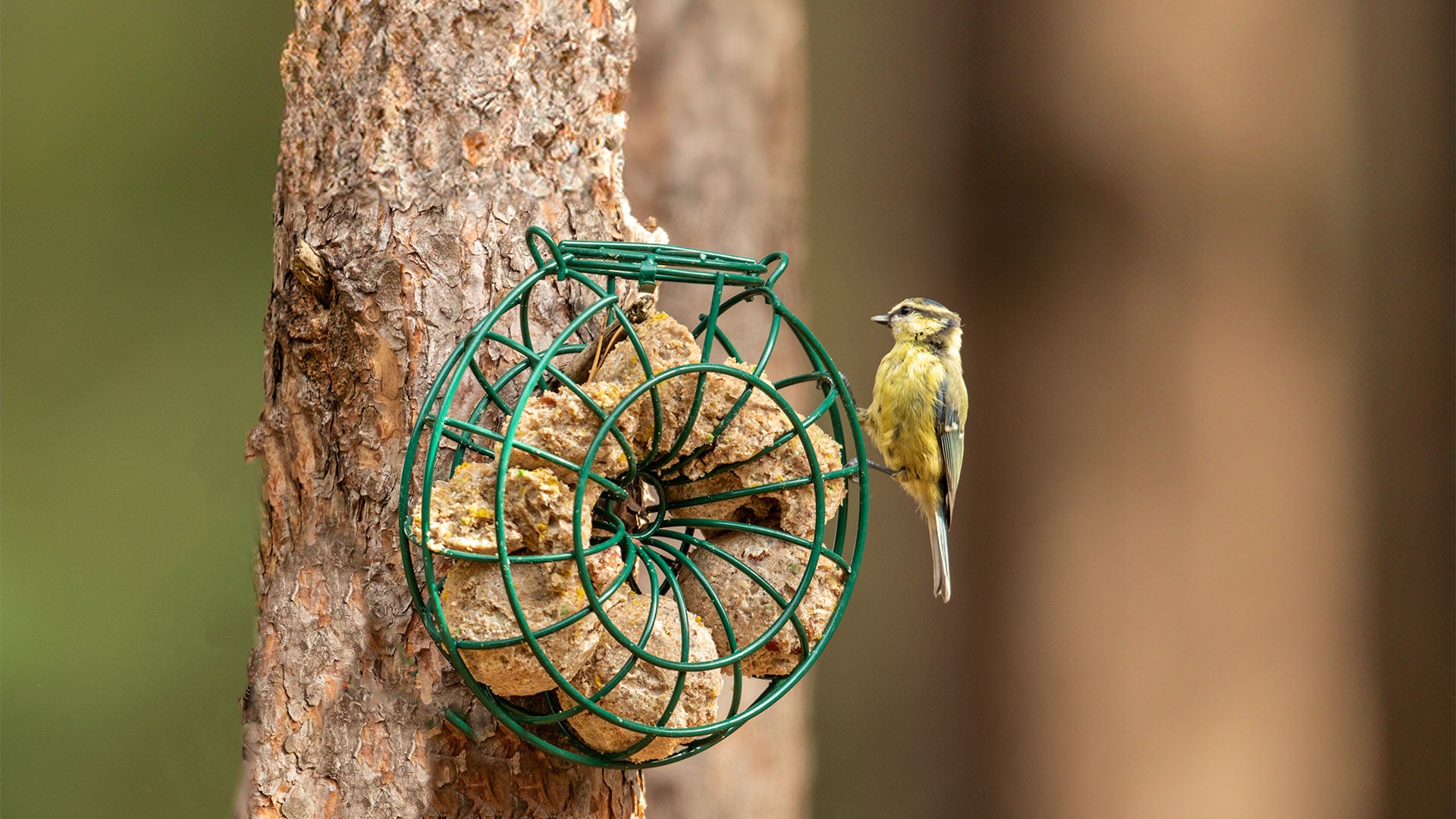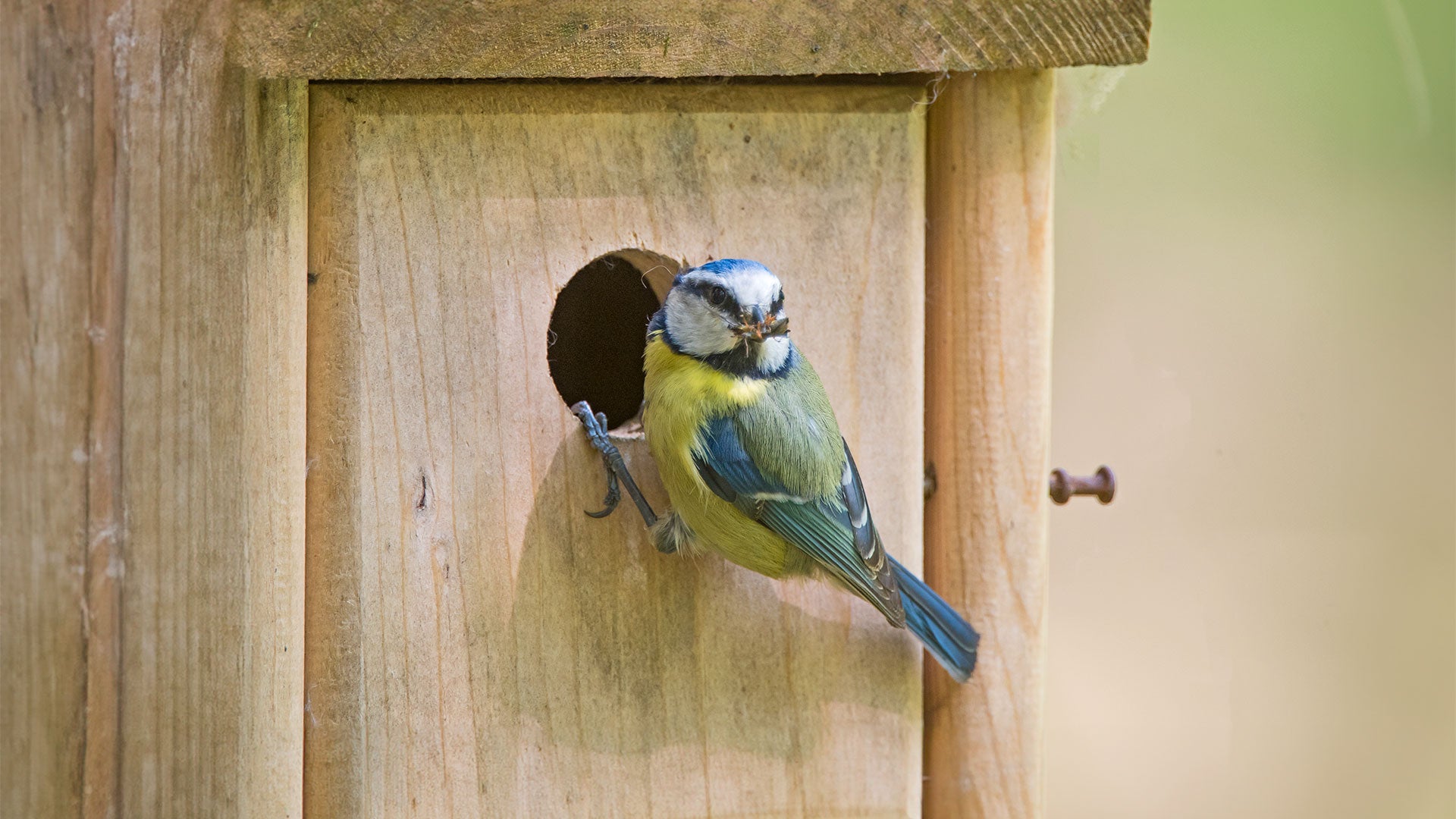Mistle Thrush Identification
Length: 26cm.
They have grey-brown upper parts with yellowish borders to the feathers on its back. Buff-white under parts with brown spots, a chestnut under-tail, white axillaries and under wing. Their tail is a greyish-chestnut. In flight i may be mistaken for the Fieldfare because of its white under wing, but its upper parts and tail are not so dark and it is more solidly built than the Fieldfare.

Difference between male and female mistle thrushes
Male and females are similar and the young are more heavily spotted with off-white colouration on the head, coverts and mantle.
Although young thrushes are slightly more heavily spotted and identifiable by their off-white colouring on the head, coverts and mantle, it is very difficult to tell the difference between male and female thrushes. Song thrushes can be identified via their speckled breasts, on which the speckles are slightly smaller than on the mistle thrush. Mistle thrushes are also slightly larger, but visually differentiating between male and female in both cases is not easy.
Difference between song thrush and mistle thrush
The Mistle Thrush differs from the Song Thrush and the Redwing by larger size, greyer upper parts, more densely spotted under parts with larger markings and a more upright stance with its head raised.
Mistle thrush call and song
A dry, vibrant chattering with cawing notes, particularly when excited. They also have a rapid ‘tak-tak-tak’ and a soft ‘see-ee-ee’, like that of the Redwing. Their song is repetitive in character but has the fluting tone of the Blackbird.
Mistle thrush eggs and reproduction
Breeding starts from February onwards in the South to late May in the North. The female builds the nest of plant material mixed with mud. The nest is situated in the fork of a tree or in a bush a meter and half to nine metres up. They may also build nests in hold in walls, in low shrubs or hedgerows.
Four eggs, ranging from creamy-bronze to bluish-green, are laid. They may be marked with brown and lilac blotches and speckles. Incubation is carried out by the female and takes twelve to fifteen days. Both parents tend the young.
Mistle thrush habitat
Coniferous and broad-leaved forests, also parks and gardens. Often found in suburban areas and sometimes in moorland or mountains outside the breeding season.
What do mistle thrushes eat
Fruit, berries and seeds are among its favourites. They also like worms, insects, larvae, molluscs and spiders. May kill the young of other birds to feed its own chicks.
Where to feed mistle thrushes
Feeder – Not suitable
Table Feeder – Open topped
Ground Feed – Scatter food in the open
External Internet sources/References
Mistle thrush bird song and call
Mistle thrush migration facts

